In the heart of Colombia, where the lush Amazon rainforest meets the rugged Andean foothills, lies one of nature's most enchanting and ephemeral wonders: Caño Cristales. Known as the "River of Five Colors," this unique waterway transforms into a living, breathing canvas of vibrant hues for a brief period each year. Between September and November, the waters of Caño Cristales burst into a riot of red, yellow, green, and even blue and black, creating a spectacle that seems almost too beautiful to be real. This natural phenomenon, driven by the presence of the aquatic plant Macarenia clavigera, has earned the river its nickname and drawn visitors from around the world, all eager to witness this fleeting masterpiece.
The Science Behind the Spectacle
The vibrant colors of Caño Cristales are not the result of some magical spell or human intervention but are entirely natural. The key to this visual feast is the plant Macarenia clavigera, a species of riverweed that thrives in the clear, shallow waters of the river. This plant, which appears bright red when submerged, is perfectly adapted to the river's unique environment. It requires specific conditions to flourish: clear water, sunlight, and a delicate balance between the wet and dry seasons.
During the wet season, which typically lasts from May to August, the river flows swiftly and turbulently, making it difficult for the plants to grow. The fast-moving water also dilutes the colors, preventing the vibrant display from emerging. However, as the rains subside and the water levels drop in late August and September, the conditions become ideal for Macarenia clavigera to thrive. The plants begin to grow rapidly, carpeting the riverbed in a vivid red hue.
Simultaneously, other aquatic plants and algae contribute to the palette of colors. Yellow and green hues come from various mosses and ferns that grow along the riverbanks and in the shallows. The blue and black colors are created by the dark rocks and sand at the bottom of the river, which contrast sharply with the bright reds and yellows. The result is a river that appears to be painted with the colors of a rainbow, a natural wonder that is both breathtaking and ephemeral.
The Ecosystem of Caño Cristales
Caño Cristales is not just a visual spectacle; it is also a unique and fragile ecosystem. The river is part of the Serranía de la Macarena, a mountain range that lies at the convergence of three major ecosystems: the Andes, the Amazon rainforest, and the eastern plains of Colombia. This convergence has created a biodiversity hotspot, home to a wide variety of plant and animal species, many of which are found nowhere else on Earth.
The river itself is a complex and delicate environment. The clear waters, fed by mountain springs, support a rich array of aquatic life, including fish, amphibians, and invertebrates. The riverbanks are lined with lush vegetation, providing habitat for birds, mammals, and reptiles. The presence of Macarenia clavigera and other aquatic plants plays a crucial role in maintaining the health of the ecosystem. These plants help to oxygenate the water, provide food and shelter for aquatic organisms, and stabilize the riverbed.
However, the delicate balance of this ecosystem is easily disrupted. Pollution, overfishing, and habitat destruction pose significant threats to the river's health. To protect this unique environment, the Colombian government has designated the area as a national park and implemented strict conservation measures. Visitors are allowed to swim in certain sections of the river, but they are prohibited from using sunscreen or other chemicals that could harm the plants and wildlife. These measures are essential to ensure that the river remains a vibrant and healthy ecosystem for future generations to enjoy.
The Cultural Significance of Caño Cristales
Caño Cristales is not just a natural wonder; it is also a place of deep cultural significance for the indigenous communities of the region. The Serranía de la Macarena has been home to various indigenous groups for thousands of years, and the river has long been a source of sustenance, spirituality, and cultural identity.
For the local indigenous people, Caño Cristales is more than just a river; it is a sacred site. The vibrant colors of the river are seen as a gift from the gods, a symbol of the harmony between nature and humanity. The river is also an important source of food and medicine, providing fish, plants, and other resources that are essential for the survival of the communities.
In recent years, the indigenous communities have become increasingly involved in the conservation and management of the river. They are working with the Colombian government and conservation organizations to protect the river's ecosystem while preserving their cultural heritage. This collaborative effort is essential to ensure that the river remains a source of inspiration and sustenance for both the local communities and the countless visitors who come to marvel at its beauty.
The Visitor Experience
For those fortunate enough to visit Caño Cristales, the experience is truly unforgettable. The journey to the river is an adventure in itself, involving a combination of flights, road trips, and hikes. The nearest town is La Macarena, a small, picturesque community that serves as the gateway to the national park. From here, visitors embark on a guided hike through the lush rainforest, following a trail that winds through dense vegetation and over rocky terrain.
The first glimpse of Caño Cristales is a moment of pure awe. The river, with its vibrant colors and crystal-clear waters, is a sight that takes your breath away. Visitors are allowed to swim in designated areas, where they can float among the colorful plants and feel the cool, refreshing water against their skin. The experience is both exhilarating and serene, a perfect blend of adventure and tranquility.
Guided tours are an essential part of the visitor experience, providing valuable insights into the river's ecology, geology, and cultural significance. Knowledgeable guides share fascinating facts about the plants and animals that inhabit the river, explain the science behind the vibrant colors, and share stories about the indigenous communities who have lived in harmony with the river for centuries.
Conservation Efforts and the Future of Caño Cristales
Protecting Caño Cristales is a top priority for both the Colombian government and the international conservation community. The river's unique ecosystem and cultural significance make it a valuable and irreplaceable treasure. To ensure its long-term survival, a range of conservation measures have been implemented, including strict regulations on tourism, habitat restoration projects, and community-based conservation initiatives.
One of the most important aspects of these efforts is the involvement of the local indigenous communities. By working closely with the communities, conservationists are able to combine traditional knowledge with modern scientific techniques, creating a holistic approach to conservation. This collaborative effort not only helps to protect the river's ecosystem but also supports the cultural heritage and livelihoods of the local people.
Education and awareness are also key components of the conservation strategy. By raising awareness about the importance of Caño Cristales and the threats it faces, conservationists hope to inspire a new generation of environmental stewards. This includes educational programs for local schools, community outreach initiatives, and international awareness campaigns.
Looking to the future, the conservation of Caño Cristales will require ongoing commitment and collaboration. Climate change, habitat destruction, and pollution continue to pose significant threats to the river's health. However, with the support of the international community, the dedication of local communities, and the implementation of effective conservation measures, there is hope that this unique and beautiful river will continue to thrive for generations to come.
Caño Cristales, the River of Five Colors, is a natural wonder that captivates the imagination and inspires awe. Its vibrant hues, created by the unique interplay of plants, water, and sunlight, make it a living masterpiece. This ephemeral spectacle, which occurs only during a brief period each year, is a reminder of the delicate balance of nature and the importance of protecting our planet's fragile ecosystems.
The river's cultural significance, ecological importance, and sheer beauty make it a place of profound importance. For the indigenous communities who have lived in harmony with the river for centuries, it is a source of sustenance, spirituality, and cultural identity. For visitors from around the world, it is a place of wonder, inspiration, and tranquility.
As we marvel at the vibrant colors of Caño Cristales, we are reminded of the enduring power of nature and the importance of preserving our natural heritage. Through conservation efforts, community involvement, and education, we can ensure that this unique and beautiful river continues to inspire and captivate for generations to come. Caño Cristales is not just a river; it is a living testament to the beauty and resilience of our planet, a reminder that we must cherish and protect the natural wonders that surround us.
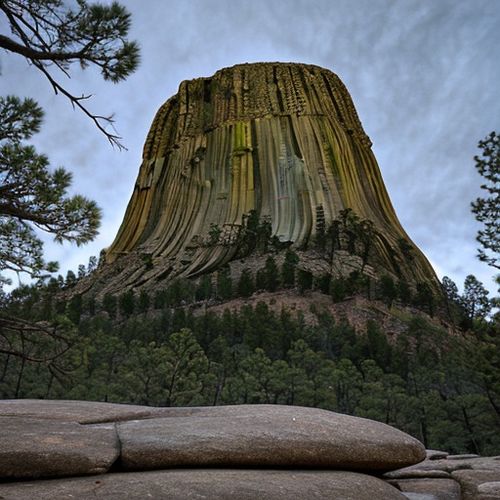
By Natalie Campbell/Apr 27, 2025
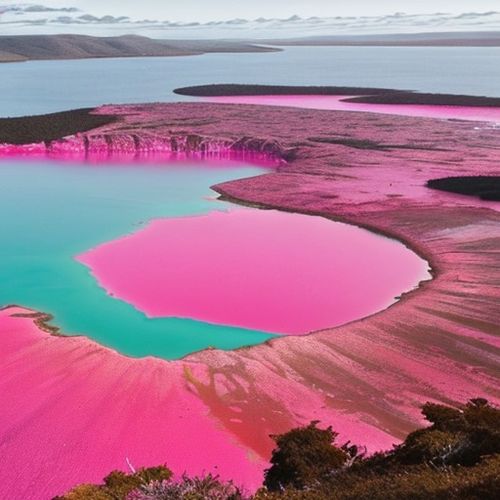
By Olivia Reed/Apr 27, 2025

By Noah Bell/Apr 27, 2025
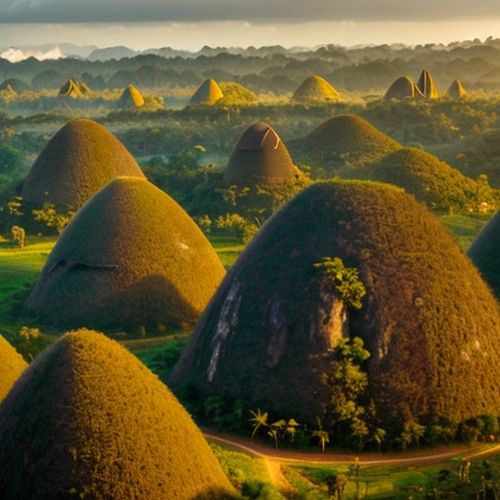
By Jessica Lee/Apr 27, 2025
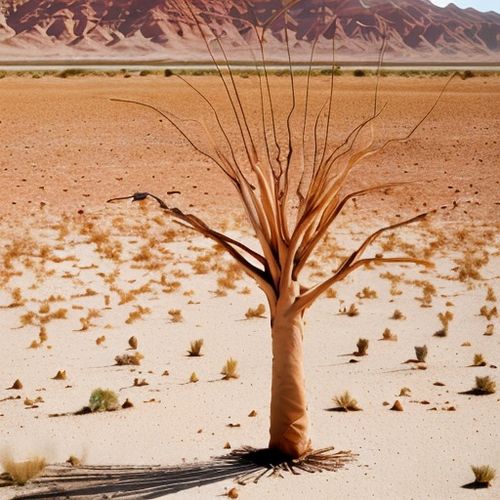
By Daniel Scott/Apr 27, 2025
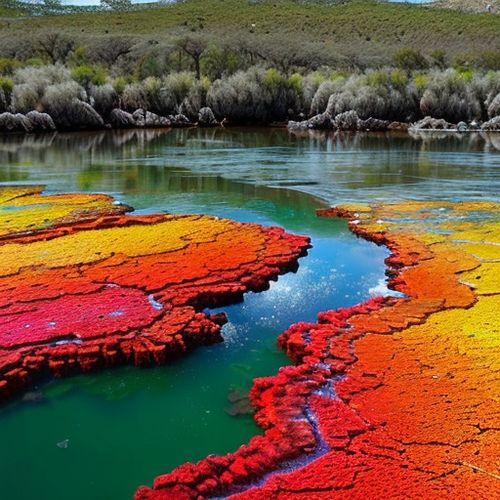
By Grace Cox/Apr 27, 2025
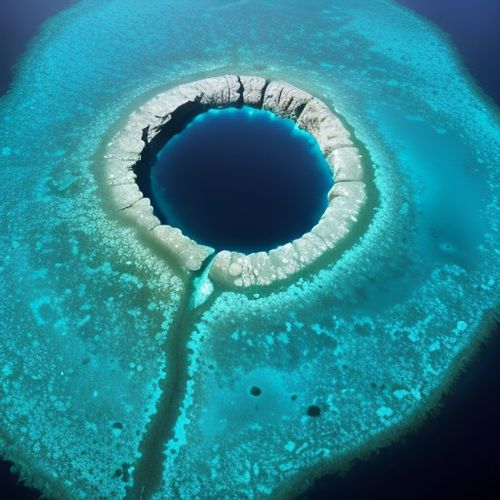
By Michael Brown/Apr 27, 2025
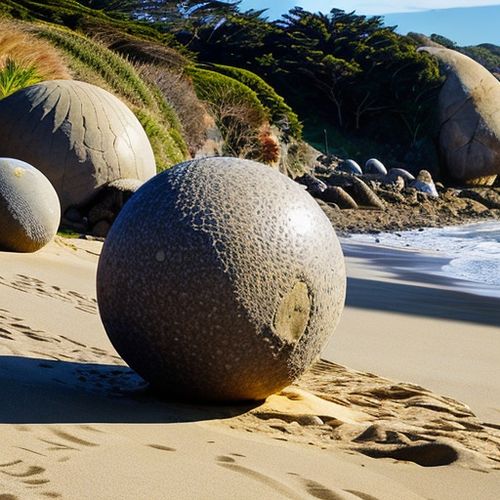
By Amanda Phillips/Apr 27, 2025
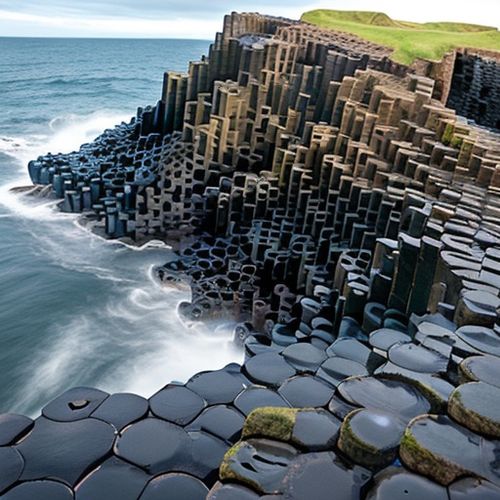
By Ryan Martin/Apr 27, 2025
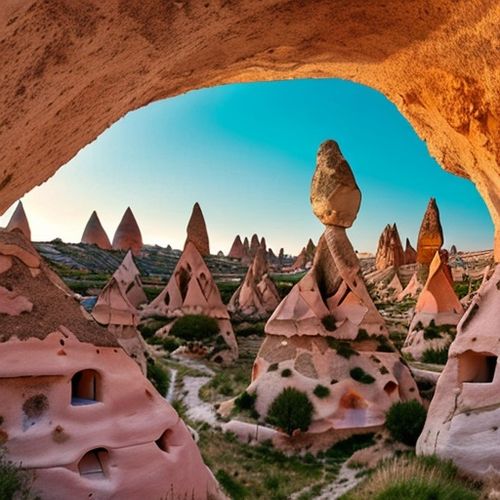
By Victoria Gonzalez/Apr 27, 2025
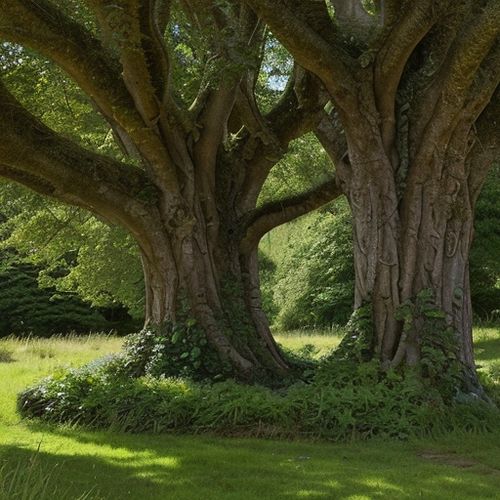
By Natalie Campbell/Apr 27, 2025
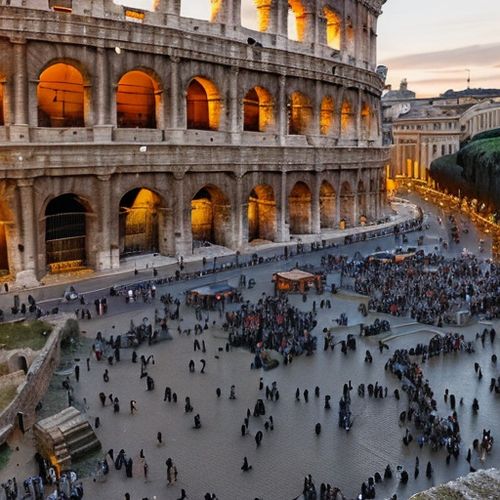
By Ryan Martin/Apr 11, 2025
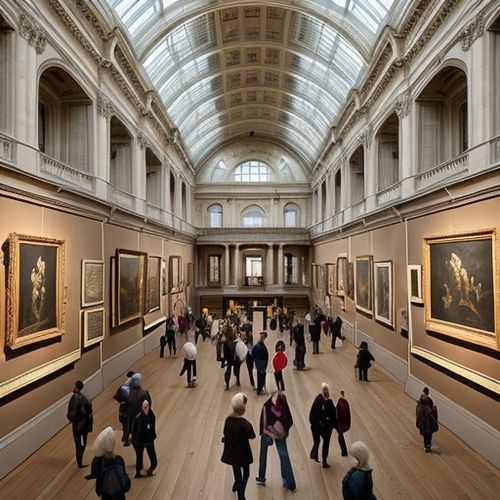
By Sophia Lewis/Apr 11, 2025

By David Anderson/Apr 11, 2025

By Rebecca Stewart/Apr 11, 2025

By Thomas Roberts/Apr 11, 2025
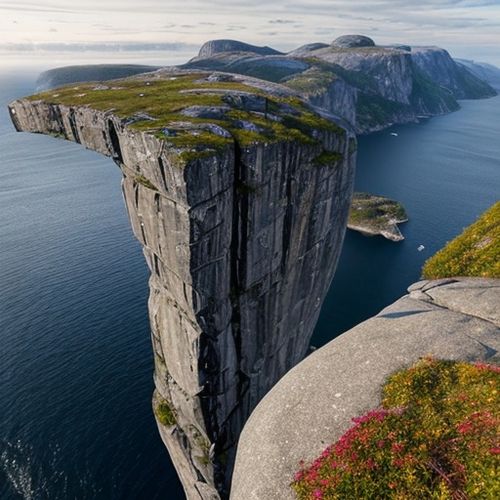
By Thomas Roberts/Apr 11, 2025
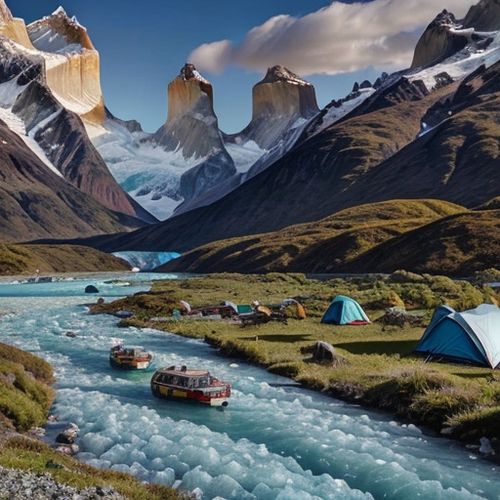
By Elizabeth Taylor/Apr 11, 2025
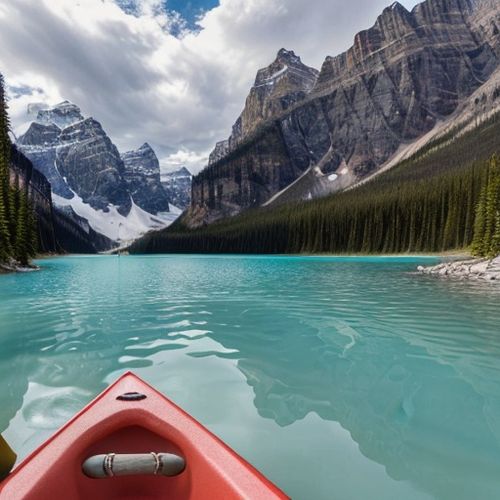
By Thomas Roberts/Apr 11, 2025
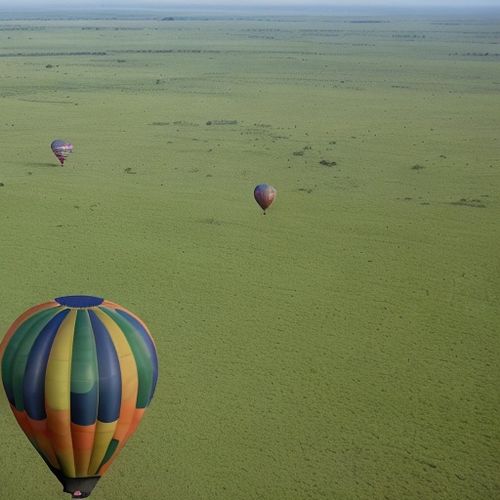
By Eric Ward/Apr 11, 2025